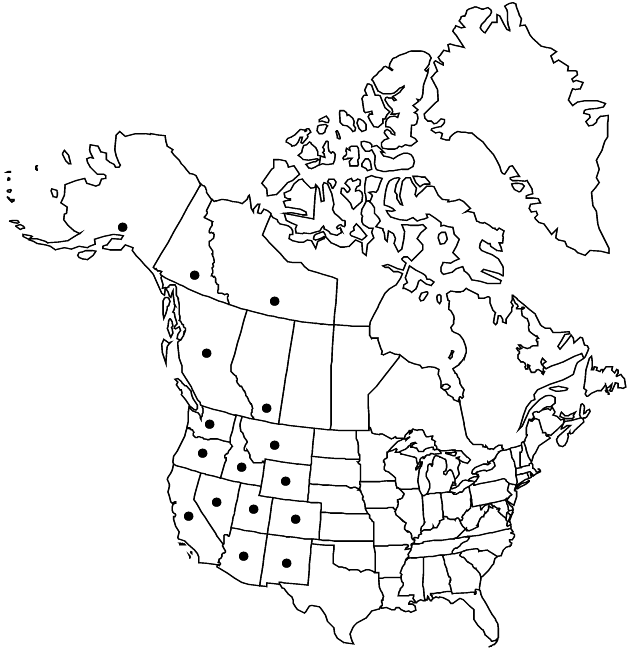Difference between revisions of "Antennaria media"
Pittonia 3: 286. 1898.
FNA>Volume Importer |
imported>Volume Importer |
||
| (2 intermediate revisions by 2 users not shown) | |||
| Line 8: | Line 8: | ||
}} | }} | ||
|common_names=Rocky Mountain pussytoes | |common_names=Rocky Mountain pussytoes | ||
| + | |special_status={{Treatment/ID/Special_status | ||
| + | |code=E | ||
| + | |label=Endemic | ||
| + | }} | ||
|basionyms= | |basionyms= | ||
|synonyms={{Treatment/ID/Synonym | |synonyms={{Treatment/ID/Synonym | ||
| Line 70: | Line 74: | ||
|publication title=Pittonia | |publication title=Pittonia | ||
|publication year=1898 | |publication year=1898 | ||
| − | |special status= | + | |special status=Endemic |
| − | |source xml=https:// | + | |source xml=https://bitbucket.org/aafc-mbb/fna-data-curation/src/2e0870ddd59836b60bcf96646a41e87ea5a5943a/coarse_grained_fna_xml/V19-20-21/V19_669.xml |
|tribe=Asteraceae tribe Gnaphalieae | |tribe=Asteraceae tribe Gnaphalieae | ||
|genus=Antennaria | |genus=Antennaria | ||
Latest revision as of 19:54, 5 November 2020
Dioecious or gynoecious (staminate plants rare or in equal frequency to pistillates, respectively). Plants 5–13 cm. Stolons 1–4 cm. Basal leaves 1-nerved, spatulate to oblanceolate, 6–19 × 2.5–6 mm, tips mucronate, faces gray-pubescent. Cauline leaves linear, 5–20 mm, not flagged (apices acute). Heads 2–5(–9) in corymbiform arrays. Involucres: staminate (3.5–)4.5–6.5 mm; pistillate 4–8 mm. Phyllaries distally dark brown, black, or olivaceous. Corollas: staminate 2.5–4.5 mm; pistillate 3–4.5 mm. Cypselae 0.6–1.6 mm, glabrous or papillate; pappi: staminate 2.5–4.5 mm; pistillate 4–5.5 mm. 2n = 56, 98, 112.
Phenology: Flowering summer.
Habitat: Dry, rocky to moist alpine tundra
Elevation: 1500–3800 m
Distribution

Alta., B.C., N.W.T., Yukon, Alaska, Ariz., Calif., Colo., Idaho, Mont., Nev., N.Mex., Oreg., Utah, Wash., Wyo.
Discussion
Antennaria media ranges from Arizona to Alaska; dioecious and gynoecious populations are encountered (R. J. Bayer and G. L. Stebbins 1987). The dioecious (sexual) populations are restricted primarily to California and Oregon (Bayer et al. 1990). The main distinction between A. media and A. alpina is flags on distal cauline leaves present in A. alpina and mostly absent in A. media (Bayer 1990d). Phyllaries of the pistillate plants in A. alpina tend to be acute; they are blunter in A. media. At some point, it may be preferable to follow W. L. Jepson ([1923–1925]) and some later authors and treat A. media as a subspecies of A. alpina. Antennaria media appears to be an autopolyploid derivative of A. pulchella; genes from A. pulchella may have introgressed into the A. alpina and A. parvifolia complexes indirectly through A. media.
Selected References
None.